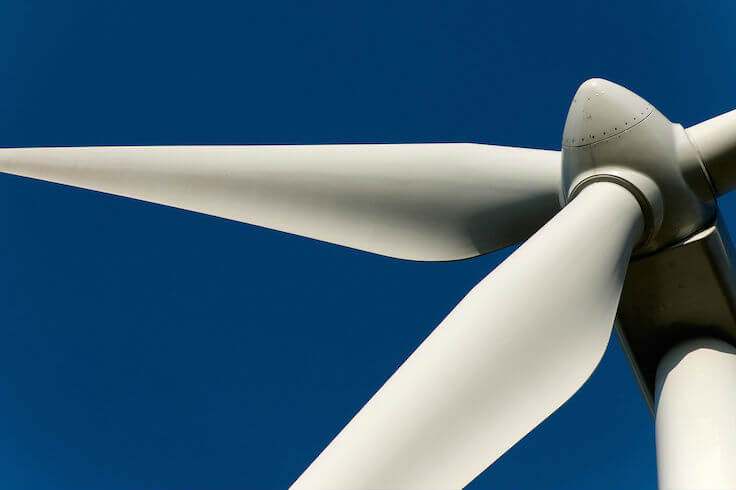Owens Corning announced three types of commercial and residential insulation, independently certified as made with renewable energy, are available for specification and purchase. These products represent the first ever to have met the requirements of SCS Global Services’ certification protocol to validate electricity used to make them is 100% wind-powered, which, in turn, reduces their carbon footprint.

While the new offering helps Owens Corning reduce its carbon footprint – its stated goal is a 50% reduction by 2020 over its 2010 baseline – the certified insulation products, made with 100% wind energy, give commercial architects and specifiers, builders, and even homeowners the option of lower-carbon products to build greener structures.
This certification follows the power purchase agreements Owens Corning signed in 2015 that enabled new wind capacity in Texas and Oklahoma. Both wind farms came online in late 2016 and can generate 1.1 million MWh of electricity per year. For every MWh of renewable electricity generated, the company receives one Renewable Energy Credit (REC). It then applies the RECs toward the manufacture of more sustainable products.
While the new offering helps Owens Corning reduce its carbon footprint – its stated goal is a 50% reduction by 2020 over its 2010 baseline – the certified insulation products, made with 100% wind energy, give commercial architects and specifiers, builders, and even homeowners the option of lower-carbon products to build greener structures. For architects, the products will help them design buildings with reduced life cycle impact and achieve the recognized goals of the Architecture 2030 Challenge and U.S. Green Building Council’s LEED certification.
“Reducing the embodied carbon in building products has long been a discussion across the building industry,” said Frank O’Brien-Bernini, Owens Corning Vice President, and Chief Sustainability Officer. “We’re excited to see it come to life through certified products made with renewable energy and reduced embodied carbon.
“This next-step in our sustainability journey demonstrates our commitment to our company’s value of expanding our impact through sustainability, by reducing our environmental footprint and growing our positive influence, or handprint,” said O’Brien-Bernini. “We are continually seeking ways to deliver on that commitment.”
The three types of insulation available with the wind power certification are:
- EcoTouch Insulation
- Thermafiber RainBarrier Continuous Insulation
- Unbonded Loosefill Insulation
Embodied carbon refers to the carbon dioxide equivalent emitted throughout the product life-cycle, including raw material extraction, transportation, and manufacture.
For information about the third-party verification process, click here.
Filed Under: Innovators & influencers, News, Policy




